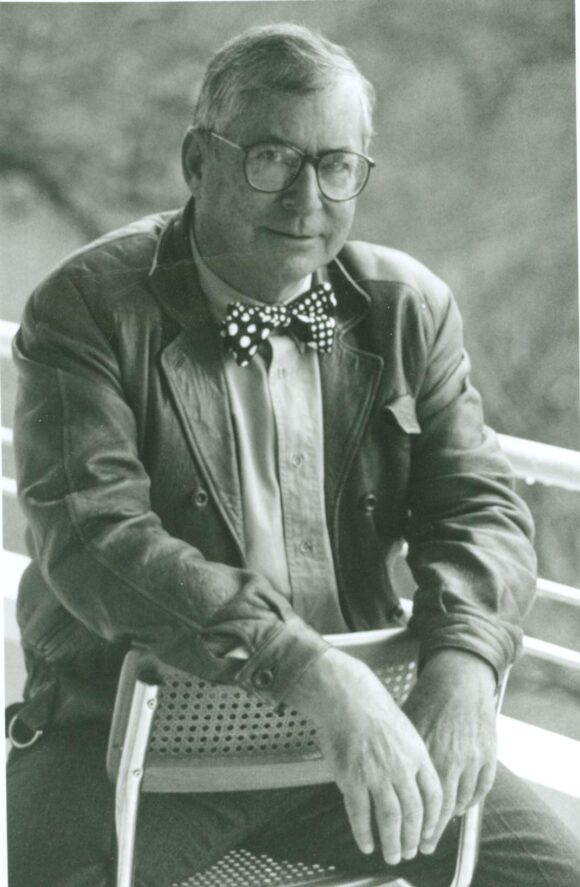SunDMP Wednesdays: Empowering SU researchers with effective data management skills
Following the successful launch of SunDMP, Stellenbosch University’s official data management planning tool, during Library Research Week on 13 May 2024, we have seen remarkable engagement from our research community. SunDMP is designed to assist researchers in creating comprehensive data management plans (DMPs) and easily navigate the complexities of research data management.
Weekly training sessions
To support our researchers in making the most of SunDMP, we introduced weekly training sessions starting on 5 June 2024. These sessions, held every Wednesday from 13:00 to 13:45, provide an invaluable opportunity for researchers to develop robust DMPs tailored to their specific needs.
Recent uptake and engagement
Since its launch, SunDMP has attracted many users and facilitated the creation of numerous projects. Our training sessions have seen encouraging participation, with a growing number of researchers registering. This increasing interest highlights the importance of effective data management and underscores the value of SunDMP in helping researchers achieve their goals.
Training outcomes
Attendees of SunDMP Wednesdays have expressed positive feedback, noting significant improvements in their understanding and application of data management practices. The sessions cover various topics, including:
- Introduction to SunDMP: An overview of the tool’s capabilities and benefits.
- Creating Comprehensive DMPs: Best practices for developing thorough data management plans.
- Navigating SunDMP: Step-by-step guidance on utilising the platform’s tools and resources effectively.
Participants have found these sessions particularly beneficial in ensuring compliance with funder requirements and adopting best practices in research data management. The training enhances their research efficiency and promotes a culture of responsible and transparent data stewardship within our academic community.
We encourage all SU researchers to use these training sessions to streamline their research processes and enhance their data management skills.
Contact
For more information or any other training requests, please contact Xabiso Xesi or Sizwe Ngcobo, telephone numbers: 021 808 9489/9978



![The best academic search engines [Update 2024] - Paperpile](https://cdn.paperpile.com/guides/img/academic-search-engine-BASE-700x428.png)










